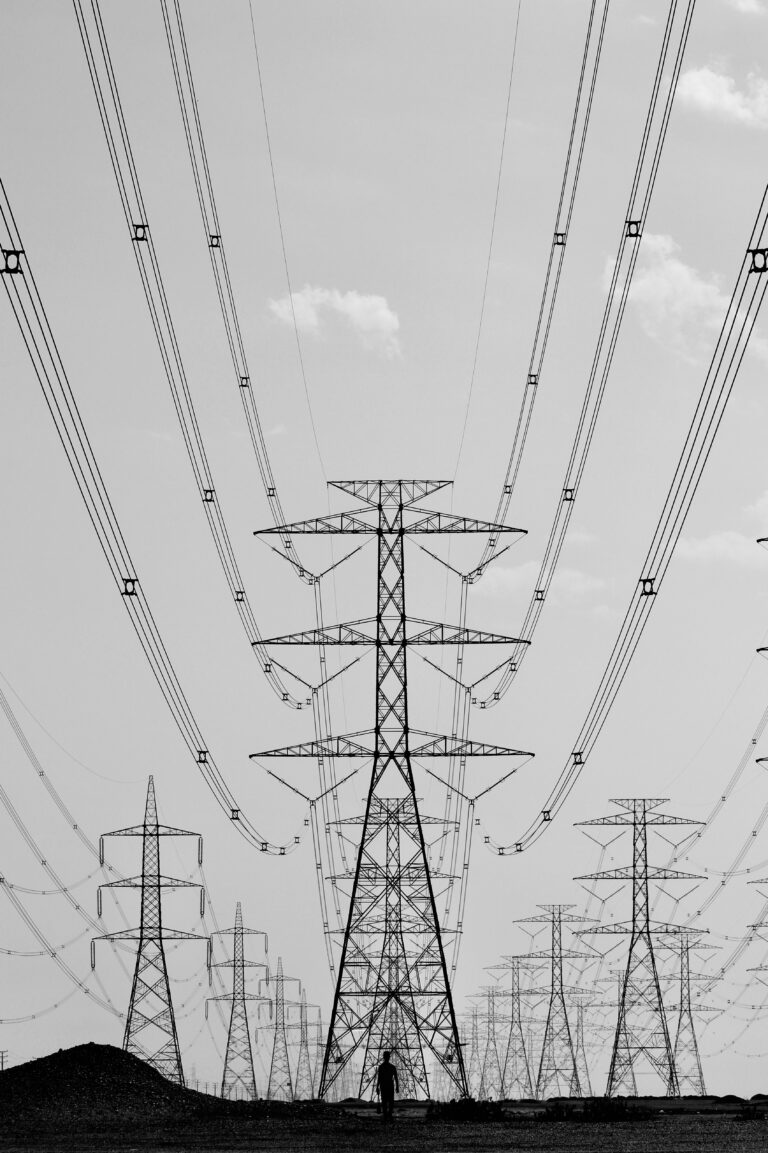On November 4, 2025, Canada released a prudent, investment focussed Canada Strong Budget 2025 (“Budget 2025”) that is in line with the global energy transition in all major global economies other than the U.S. In doing so, it has: (i) accepted and embraced the country’s innate nature as a climate-forward, responsible energy, mineral, and nature resource producer with strong Indigenous rightsholders; and (ii) put in place the investment structures and tax incentives to go beyond resource production and lead in the knowledge economy. As with all government announcements, the success of the Budget 2025 strategy will rest on implementation, particularly the speed with which the government, Indigenous rightsholders, and cooperative provincial and territorial governments can manifest the changes outlined in the 2025 Budget. The thrust of the new approach has tell-tale signs of a good investment finance strategy with new infrastructure and resource development funds, tax incentives, and necessary regulatory backstops. It is focussed on economic, infrastructure, and climate outcomes rather than aspirational targets (which Canada has repeatedly missed). Fiscal discipline is reflected in a downsizing (10%) of the public service largely through attrition, AI, and elimination of open positions that can be filled by same. Key climate, energy, and Indigenous elements of Budget 2025 include: Climate Action. Budget 2025 introduces new and proposed funding to support climate action, alongside the formal elimination of federal consumer carbon pricing (see our earlier bulletin here) and other program adjustments and reallocations, including: Direct Delivery Stream for Adaptation and Infrastructure. $6B over ten years, beginning in 2026–27, for a Direct Delivery Stream under Housing, Infrastructure and Communities Canada, to support regionally significant projects related to climate adaptation, retrofits, and community infrastructure. Biofuels Production Incentive. $372M over two years for a Biofeuls Production Incentive to Natural Resources Canada to establish a production incentive for biodiesel and renewable diesel producers (starting in 2026). Elimination of…
Canada’s Minister of Environment and Climate Change (the “Minister”) yesterday announced the finalization and publication today of the Clean Electricity Regulations (“CER”) in the Canada Gazette, Part II (see our earlier bulletin on the draft CER here). CER establishes significant annual emission limits (“AEL”) to reduce greenhouse gas (“GHG”) emissions from fossil fuel-generated electricity generation facilities in all provinces and territories across Canada starting in 2035. Requirements to reduce emissions under CER start in 2035 with a pathway to reaching net-zero in 2050. Environment and Climate Change Canada (“ECCC”) estimates that the CER would reduce approximately 181 megatonnes of cumulative GHG emissions between 2024 and 2050. The CER imposes significant registration, record keeping, and reporting obligations on covered electricity generation facilities. This bulletin briefly summarizes the key provisions of CER and federal financial support to help decarbonize and expand Canada’s electricity system. Scope. A “unit” is regulated under the CER if it meets all of the following three criteria: It has an electricity generation capacity of 25 megawatts (“MW”) or greater (or is a new unit located at a facility where the sum of all new electricity generation unit capacity is 25 MW or greater); It generates electricity using fossil fuel; and It is connected, directly or indirectly, to an “electricity system” that is subject to North American Electric Reliability Corporation (“NERC”) standards. A unit that has an electricity generation capacity of less than 25 MW is deemed to meet the first criteria if the unit’s commissioning date is on or after January 1, 2025 and the sum of the electricity generation capacity of all units, other than planned units, that are located at the facility where the unit is located and that also have commissioning dates on or after January 1, 2025 is at least 25 MW. CER does not apply…
Canada’s Minister of Environment and Climate Change (the “Minister”), in collaboration with the Minister of Energy and Natural Resources, has announced the release of proposed Clean Electricity Regulations (the “Proposed Regulations”) (see our earlier bulletin on prior consultations here). The Proposed Regulations would establish significant and ambitious emission performance standards (“EPS”) to reduce greenhouse gas (“GHG”) emissions from fossil fuel-generated electricity generation facilities in all provinces and territories across Canada starting in 2035. Environment and Climate Change Canada (“ECCC”) estimates that the Proposed Regulations would result in a net reduction of 342 million metric tonnes (Mt) of CO2e emissions between 2024 and 2050 and a net benefit to society of $28.9B. The Proposed Regulations also impose significant registration, record keeping, and reporting obligations on covered electricity generation facilities. The Proposed Regulations represent a significant foray by the federal government into electricity policy, which has traditionally been an area of provincial jurisdiction. In their current form, the Proposed Regulations are expected to attract opposition from some provincial governments, and potential constitutional legal challenges. ECCC is seeking feedback on the Proposed Regulations. Interested stakeholders are encouraged to review the Proposed Regulations and submit detailed comments by no later than November 2, 2023. We anticipate that policy developments are being targeted for announcement before or at the UNFCCC Conference of the Parties meetings (COP28 Paris Agreement negotiations) that start on November 30, 2023, in Dubai, UAE. This bulletin briefly summarizes key details of the Proposed Regulation: Application. The Proposed Regulations would apply to any “unit” (defined as an assembly comprised of any equipment that is physically connected and that operates together to generate electricity, and (a) must include at least a boiler or combustion engine and (b) may include duct burners and other combustion devices, heat recovery systems, steam turbines, generators, emission control devices and carbon capture and storage (“CCS”) systems) that meets the three following criteria:…


